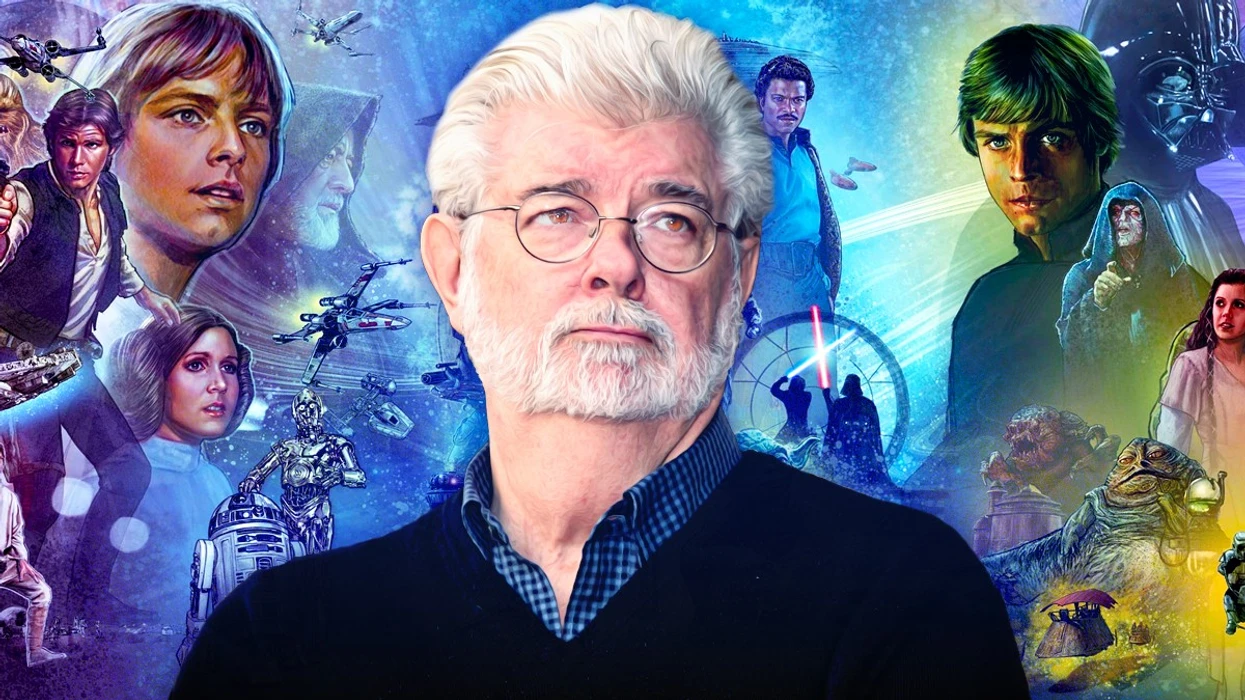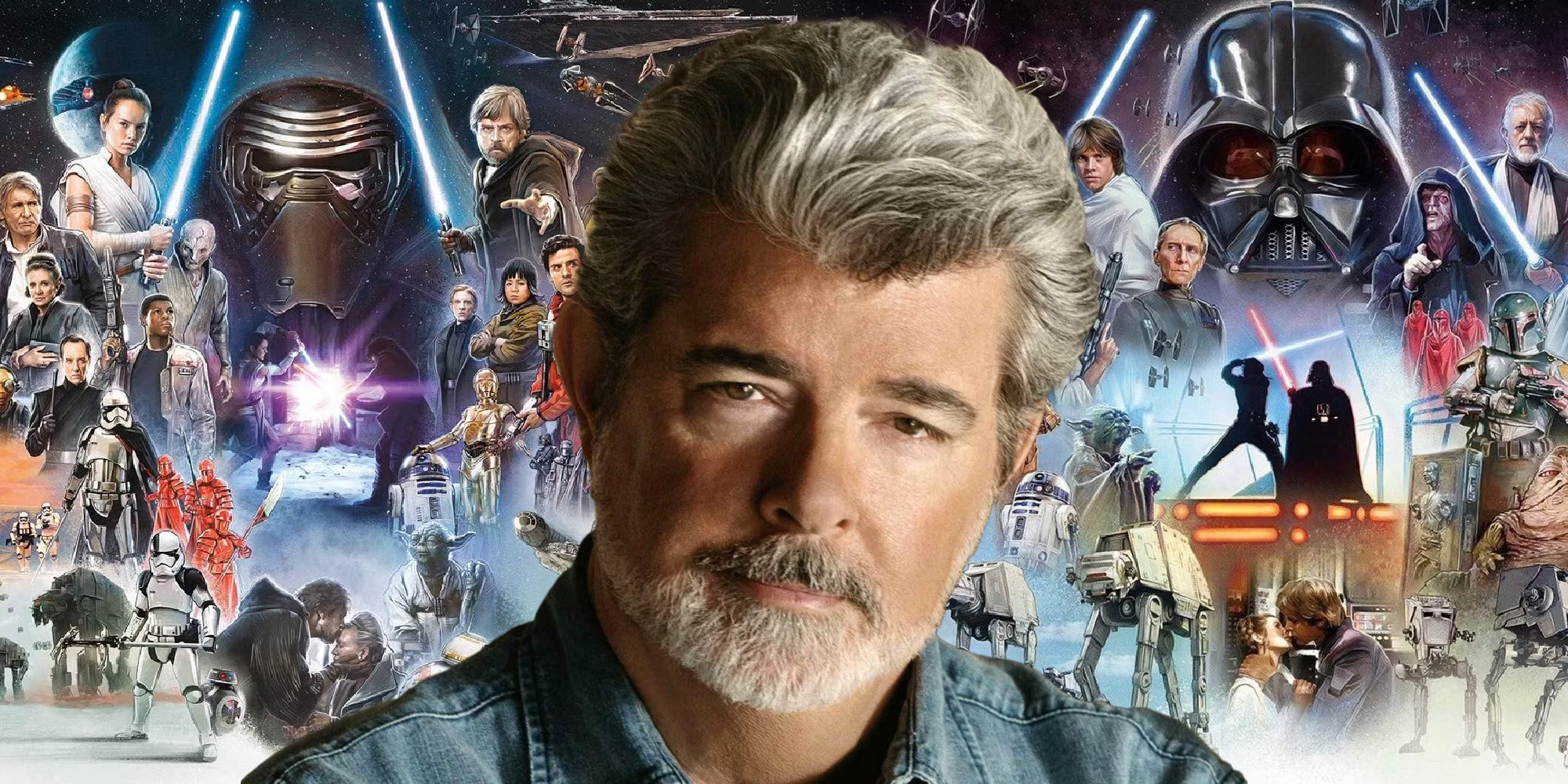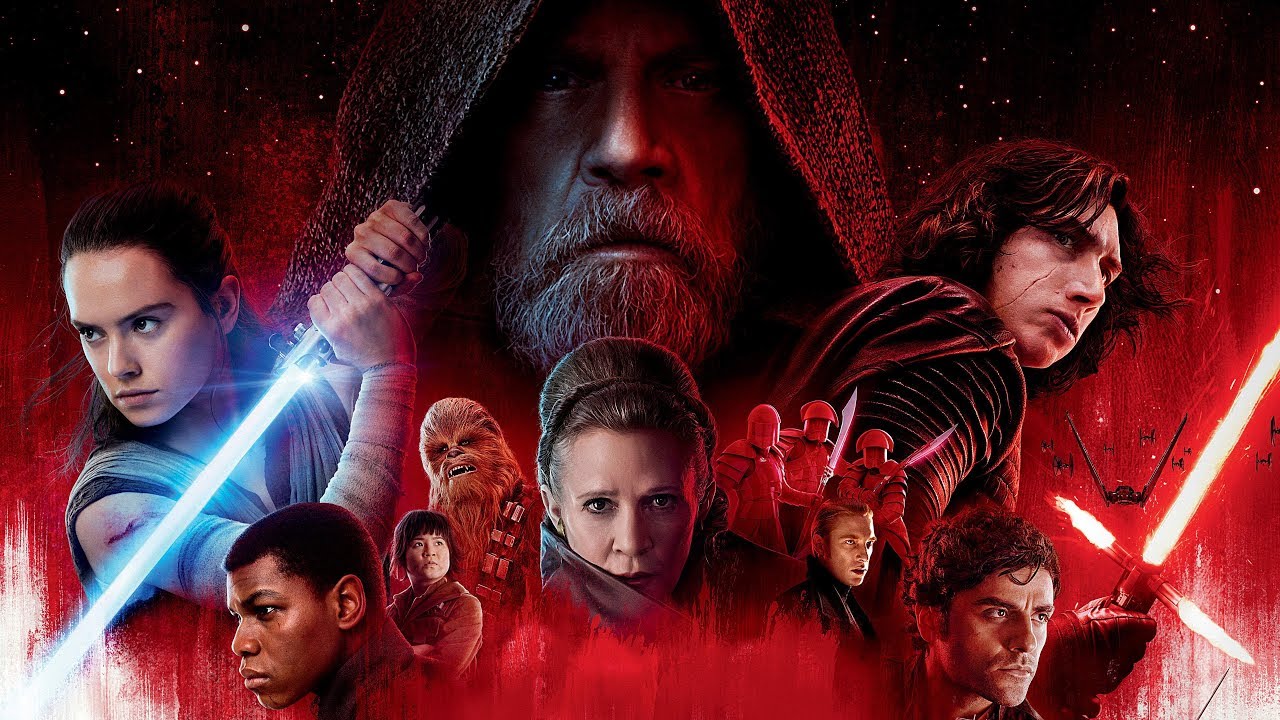Star Wars has always been a saga that captivates audiences with its epic battles, intricate lore, and the timeless struggle between good and evil. However, not all heroes wield lightsabers on the big screen—some shape the battles from behind the scenes. One such hero is Jett Lucas, the son of Star Wars creator George Lucas, whose childhood influence helped craft the most thrilling lightsaber duel in the franchise’s history during the prequels.

The Evolution of Lightsaber Duels in Star Wars
The lightsaber duels are a cornerstone of the Star Wars series’ excitement, captivating fans with their dynamic choreography and emotional intensity. Originally introduced in 1977 by George Lucas, these duels have evolved significantly over the decades, especially during the prequels, where they took a more martial arts-oriented approach.
“The Phantom Menace,” released in 1999, features one of the most iconic battles: a three-way clash between Obi-Wan Kenobi, Qui-Gon Jinn, and the menacing Darth Maul. This fight is often hailed as one of the best in the series, thanks to its fast-paced and intricate choreography.
Jett Lucas: The Child Behind the Choreography
It might come as a surprise that one of the key contributors to this famed duel was none other than a five-year-old. Jett Lucas, George Lucas’ son, played a pivotal role in shaping this scene. According to Nick Gillard, the lead stunt coordinator for the prequels, it was Jett who influenced the style of this electrifying encounter. “I thought I wanted a faster version of what the other movies were; a more energetic version; and that’s basically what he gave me.”

This statement, made during a documentary about the making of “The Phantom Menace,” highlights how Lucas Jr.’s insights were integral to the new direction.
Gillard further elaborated on this process in a discussion with Entertainment Weekly, noting, “Effectively, Jett Lucas decided the style of that fight.”
The decision to incorporate a child’s perspective was fitting since George Lucas envisioned the Star Wars saga as a story for children, making his son’s input both poignant and impactful.
Beyond the Choreography: Jett Lucas’ Onscreen Contributions
Jett Lucas’ influence wasn’t confined to off-screen contributions; he also had memorable on-screen roles within the Star Wars universe. He first appeared as a young Jedi Padawan in “Attack of the Clones” and later as Zett Jukassa in “Revenge of the Sith.” In the latter, during a crucial scene following the infamous Order 66, Jukassa defends Senator Bail Organa against Clone Troopers in the Jedi Temple’s archives.

His character’s bravery, though brief, was monumental in saving Organa, who played a crucial role in the Rebellion and the raising of Leia Organa. This act subtly underscores how Jett Lucas’ character was pivotal not just to the scene, but to the very foundation of the Rebellion’s future.
The Legacy of a Child’s Imagination
The involvement of Jett Lucas in the Star Wars prequels is a testament to the unpredictably profound impact a young mind can have on a blockbuster franchise. His contributions—both seen and unseen—have not only enriched the narrative depth of the saga but have also left a lasting imprint on its choreographic legacy. As Star Wars continues to expand its universe, the story of Jett Lucas serves as a charming reminder of the whimsical origins of some of its most serious moments. It’s a narrative that not only enriches the lore for the fans but also celebrates the unsung contributions that go into making a galaxy far, far away feel incredibly close and real.